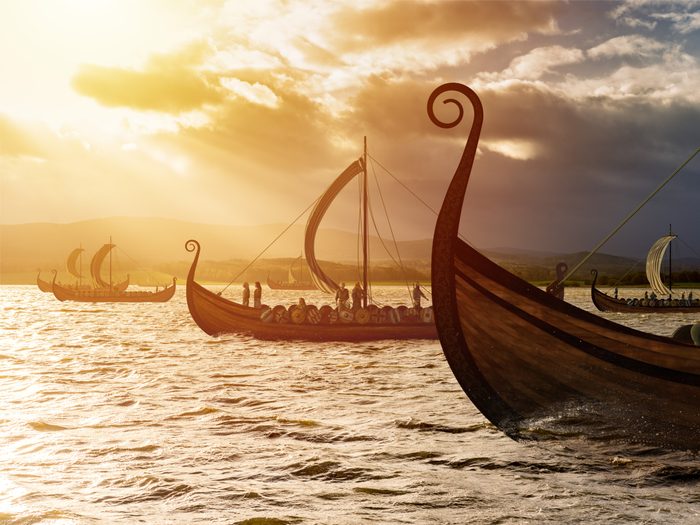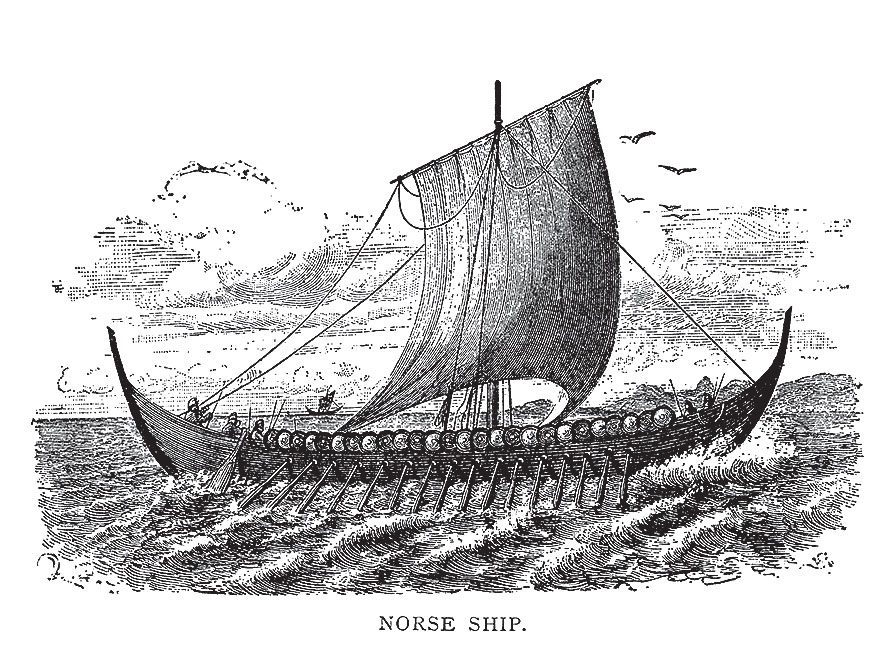
What it’s about
Andrew David MacDonald’s new novel When We Were Vikings is an exhilarating portal into the mind of Zelda, a 21-year-old woman with fetal alcohol spectrum disorder. Zelda also has a craze for all things Viking and shapes her personal rules and philosophies around rigid Nordic morality: heroes are Vikings and villains are Grendels. (She even carries around a Viking sword.) In the real world, she lives in the care of her protective-yet-thuggish older brother, Gert, who has secretly dipped into some not-so-heroic criminal behaviour to keep the family from going broke.
In a way, MacDonald’s book is a classic coming-of-age story, chronicling that intense transition from innocence to experience as Zelda negotiates her first foray into the workplace, her desire to sleep with her boyfriend and how to live independently despite her special needs. What makes the book so fresh is Zelda’s distinctive point of view—she’s starting from a different neurological launch point than most young literary heroes, which makes her odyssey from adolescence to adulthood all the more surprising. She’s innocent about the things that other kids have figured out, and sees the truth behind the things they haven’t.

Why you’ll love it
Everything bracing and brilliant about When We Were Vikings comes back to Zelda, who stands alongside five-year-old Jack from Room and Christopher from The Curious Incident of the Dog in the Nighttime as among the most memorable and unconventional narrators in contemporary fiction. She’s so genuine, foul-mouthed, direct and guileless that you almost expect to reach through the pages and find a flesh-and-blood person.
And because she’s neurodiverse, she has the uncanny ability to dismantle the complex social cues we take for granted—around sex, gender, and especially violence—leaving us wondering why they exist in the first place. She’s grounded by her relationship with her brother, Gert, who loves Zelda powerfully but occasionally shows flashes of impatience and resentment over the unsavoury decisions he’s had to make as her caregiver. Her discovery that Gert is not the pristine hero she imagined is a wrenching master class in empathy and moral ambiguity: real life is messier than Viking lore would have us believe.

Who wrote it
The Edmonton-born MacDonald was a self-described jock who took up writing as a teen to impress a girl. After winning awards for his short stories, he decided to focus his first novel on the relationship between a young woman and her brother-slash-caregiver—and it’s inspired by MacDonald’s own experience taking care of a developmentally challenged family member when he was in his 20s.
Why wait—read an exclusive excerpt from When We Were Vikings right now.

Some curious facts about vikings
- Viking explorers beat Christopher Columbus to North America by some 500 years, establishing a temporary settlement in what’s now L’Anse aux Meadows, Newfoundland.
- In 2017, archaeologists, using genomic sequencing, realized that the warrior in a 10th Century Viking tomb wasn’t a man, as assumed, but a woman—and, indeed, she had been a prominent military leader.
- Many Vikings-themed festivals are being held every year in towns across North America, like the 58th wintertime Ullr Fest in Breckenridge, Colorado.
Join the conversation: Visit Reader’s Digest Canada on Facebook to share your experience of reading When We Were Vikings with fellow Reader’s Digest Book Clubbers. Comment on plot twists, speculate on who should play Zelda in the (forthcoming?) movie and post photos of yourself in a Viking costume (sure, why not!).